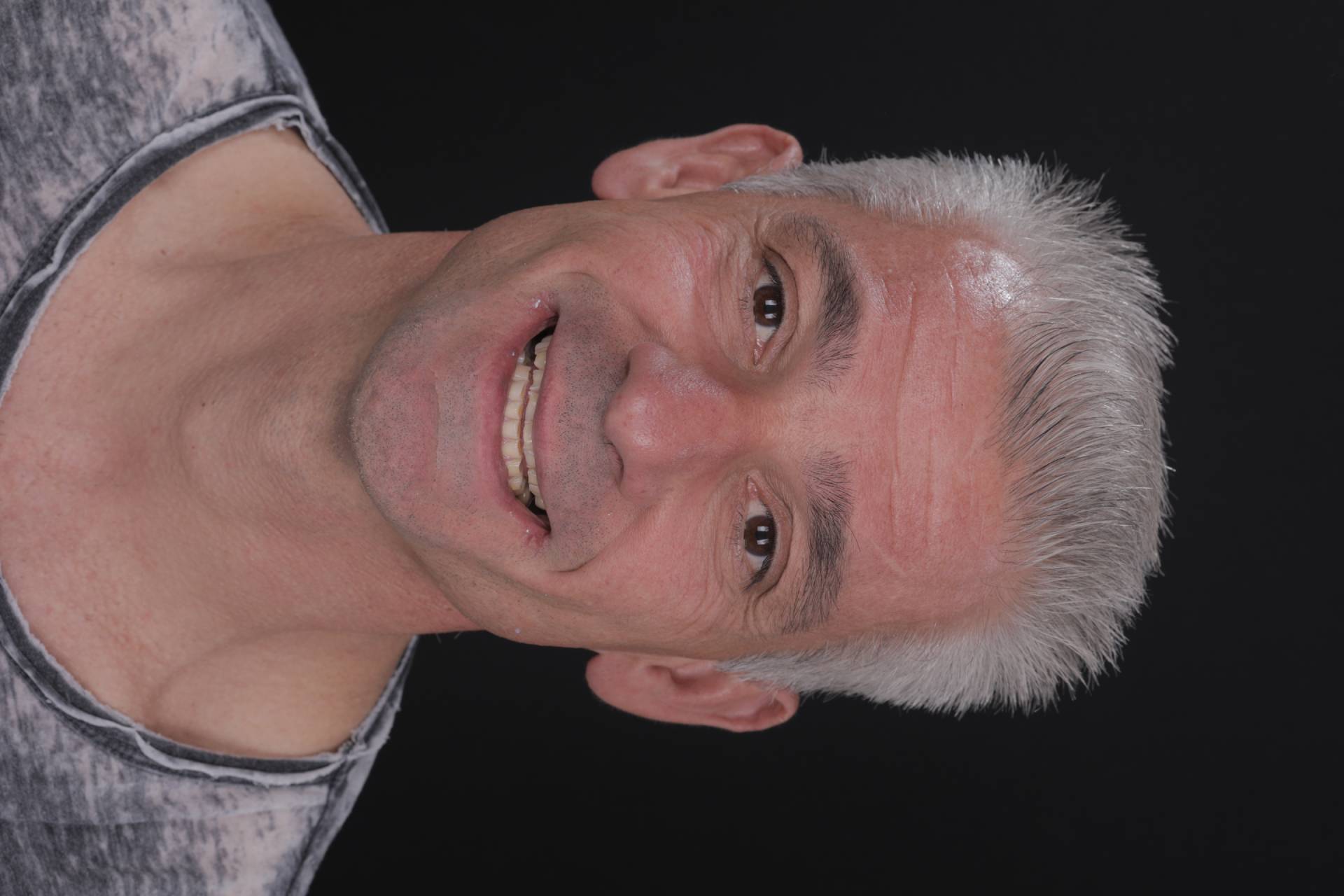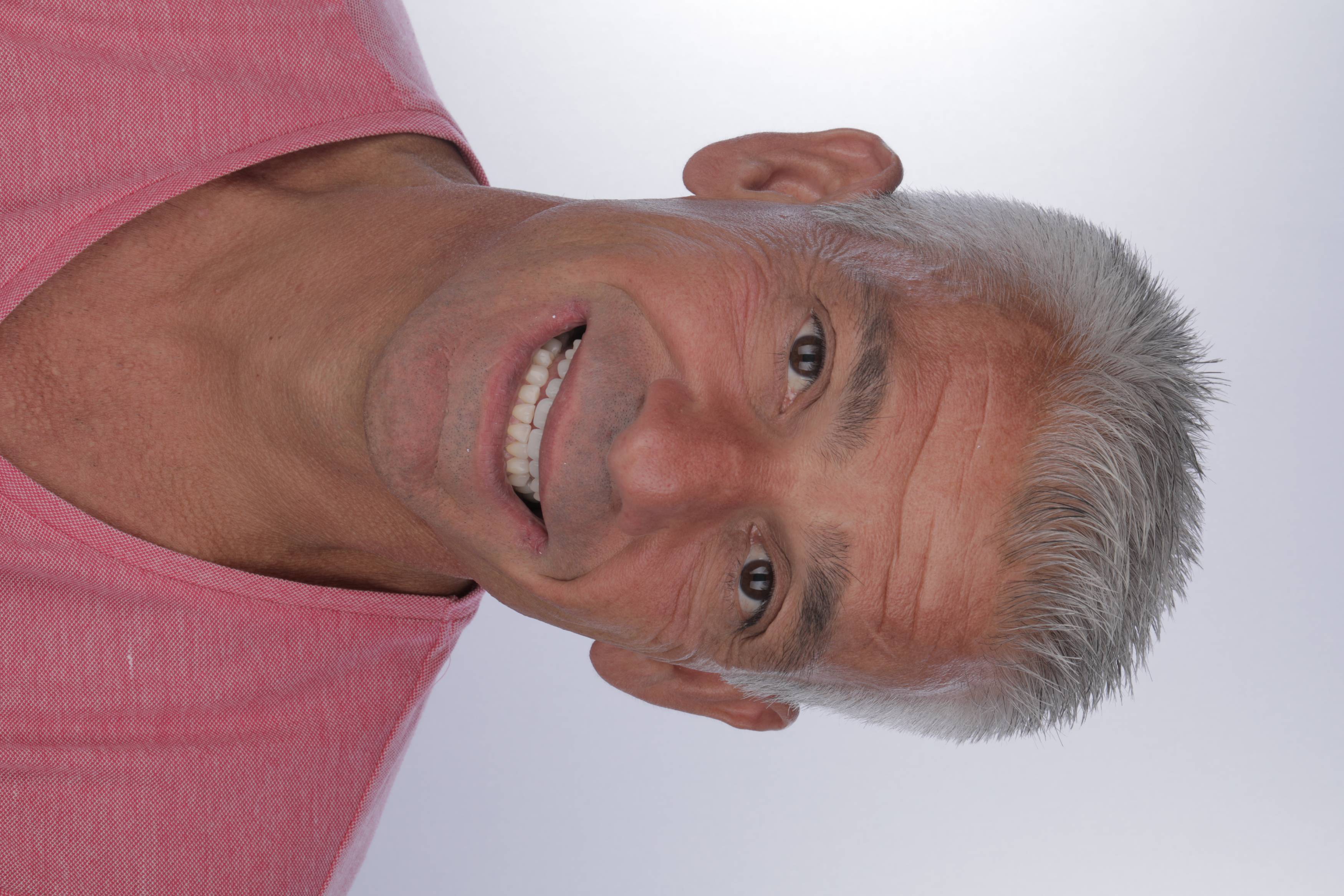25.10.2024
Aging is a physiological process in which the structure and function of all organic systems in the human body changes, including the teeth. The most important thing is to understand how our teeth will change with age and how we must treat the changes properly.
Over the years, our teeth wear down, the enamel layer thins, and its surface can be irregular and cracked. Wear or abrasion of the teeth can best be seen on the incisors, whose edges may be shortened with bilious screening, or on the front surfaces of the teeth, which may result from improper brushing technique and the use of a hard-bristled brush. Oral hygiene should be maintained with soft fiber brushes and the use of interdental brushes as well as a circular brushing technique.
Discoloration is another common part of aging, so while it’s completely normal, the fact is that it doesn’t look very attractive. There are various ways to lighten teeth depending on the cause of the discoloration, from different whitening procedures performed by dentists to changes in diet and drink.
Aging also causes receding gums and bone loss that can lead to periodontal disease. By receding the gingiva, the tooth neck is exposed to the medium of the oral cavity. As the tooth neck lacks an enamel layer, the tooth is more susceptible to caries and sensitivity to external stimuli. Therefore, when teeth are lengthening, it is necessary to carry out thorough oral hygiene in order to prevent the development of root caries, and at the same time avoid hard toothbrushes and rough brushing in order not to damage the exposed roots.

